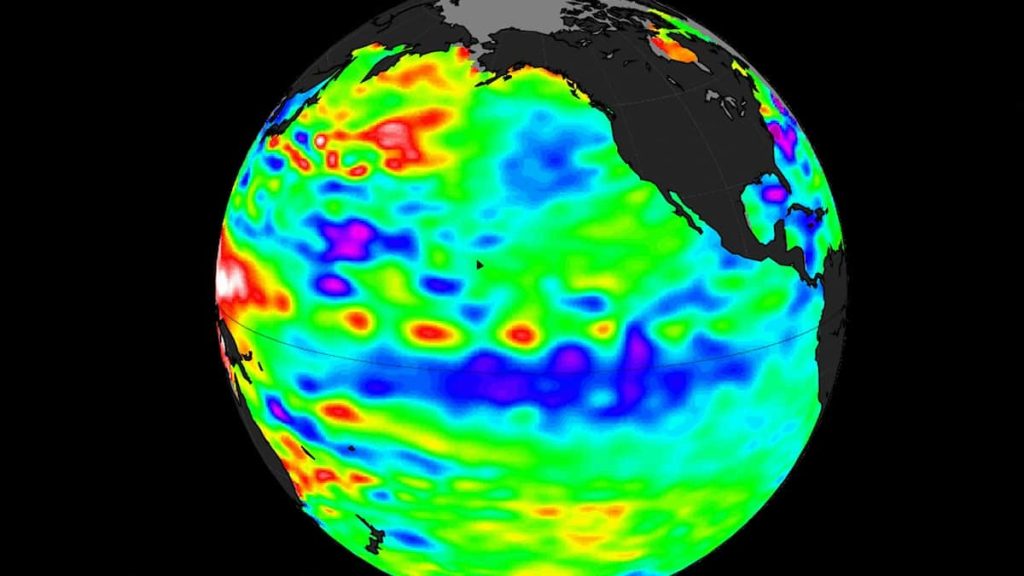La Niña is back and will continue until early 2022, according to the World Meteorological Organization (WMO), but the cooling effect of this weather phenomenon will not prevent temperatures from being above average over a period of time, much of the planet.
• Read also: A cold and snowy winter is expected in Quebec
The World Meteorological Organization has predicted that La Niña will re-emerge at the end of 2021 and estimates that the phenomenon will be “likely weak to moderate and weaker than the 2020/21 episode,” according to a statement released on Tuesday.
“Despite the cooling effect of this natural climatic phenomenon, temperatures in many parts of the world are expected to be above average due to the heat accumulating in the atmosphere, which is trapped by record levels of greenhouse gases,” explains the based organization. in Geneva (Switzerland).
“The cooling effect of the 2020/2021 La Niña, which is generally felt during the second half of the phenomenon, means that 2021 will be ranked among the ten hottest years, and not the hottest year,” said WMO Secretary-General Petteri Taalas.
And to warn: “This is only a short respite and does not reverse the trend of long-term warming or reduce the urgency of climate action.”
According to new forecasts from the World Meteorological Organization (WMO), there is a 90% chance that surface water temperatures in the tropical Pacific will remain at La Niña levels until the end of 2021, and “a moderate probability (70 to 80%) that temperatures will This temperature will remain at these levels throughout the first quarter of 2022.”
The effect of La Niña, which occurs every two to seven years, is felt on a large part of the Earth in the form of changes in atmospheric pressure, winds and precipitation, with the effects generally unlike another phenomenon, El Nino.
But climate change caused by human activities affects these phenomena.
Despite the effect of La Niña in part of the Pacific Ocean, the WMO projects above-average sea surface temperatures from December to February, with the exception of the northwestern part of the North American continent, the Indian subcontinent and the Indian Peninsula.
Models predict “unusually warm” winters in the Far North, Northeast Asia and the Arctic.
Above-average temperatures are also expected in eastern and southeastern North America, including most of the Caribbean, but also northeastern Asia and Europe.
Higher-than-average temperatures are also expected in the South Pacific, and the tropical part of Africa to Madagascar in the east.
In contrast, much of South America will have temperatures within the base.
Precipitation is also expected to be heavier under the influence of La Niña in Southeast Asia just north of the equator, to the southwest Pacific Ocean, as well as in the northeast and far northeastern northwest South America.

“Total coffee aficionado. Travel buff. Music ninja. Bacon nerd. Beeraholic.”






More Stories
Fluoroscopy | “Self-coup”?
This is why you find it difficult to wake up in the morning.
She meets her boss at the airport after taking sick leave.